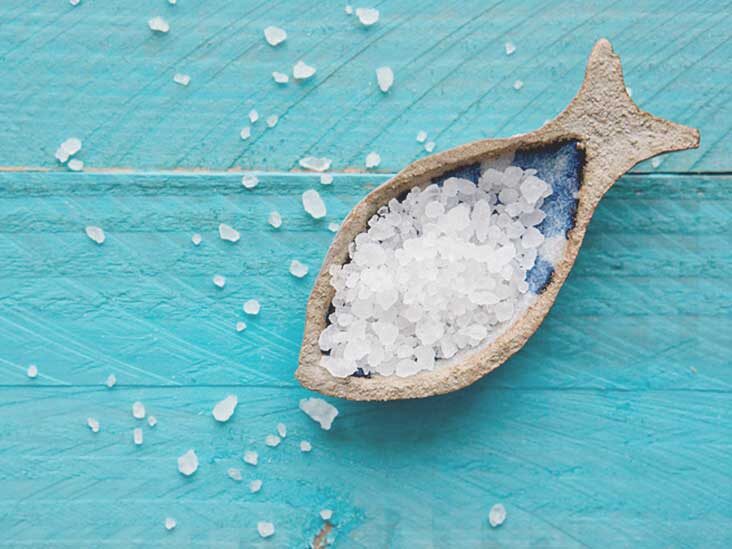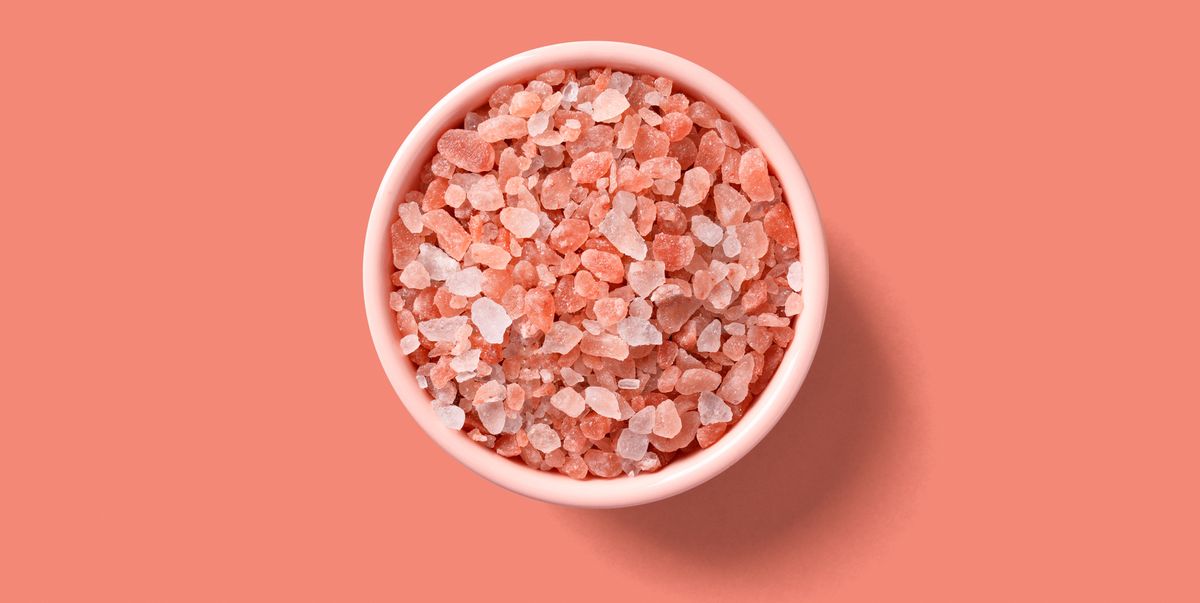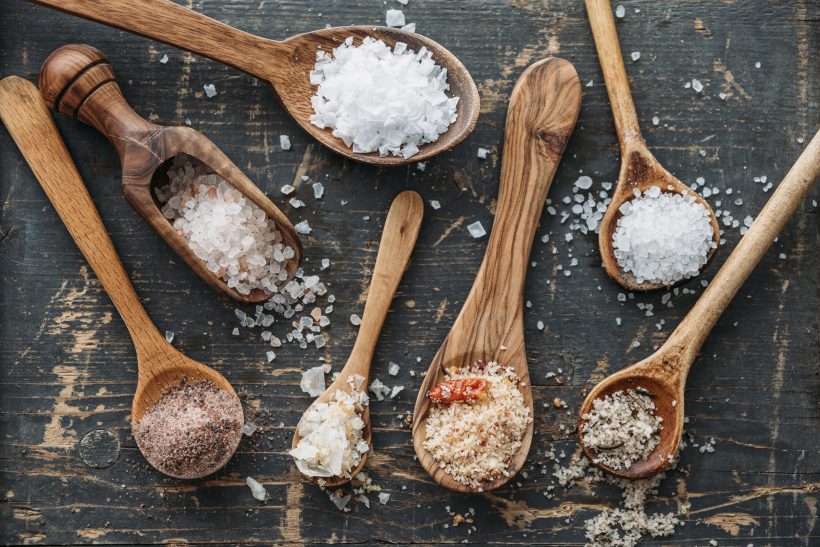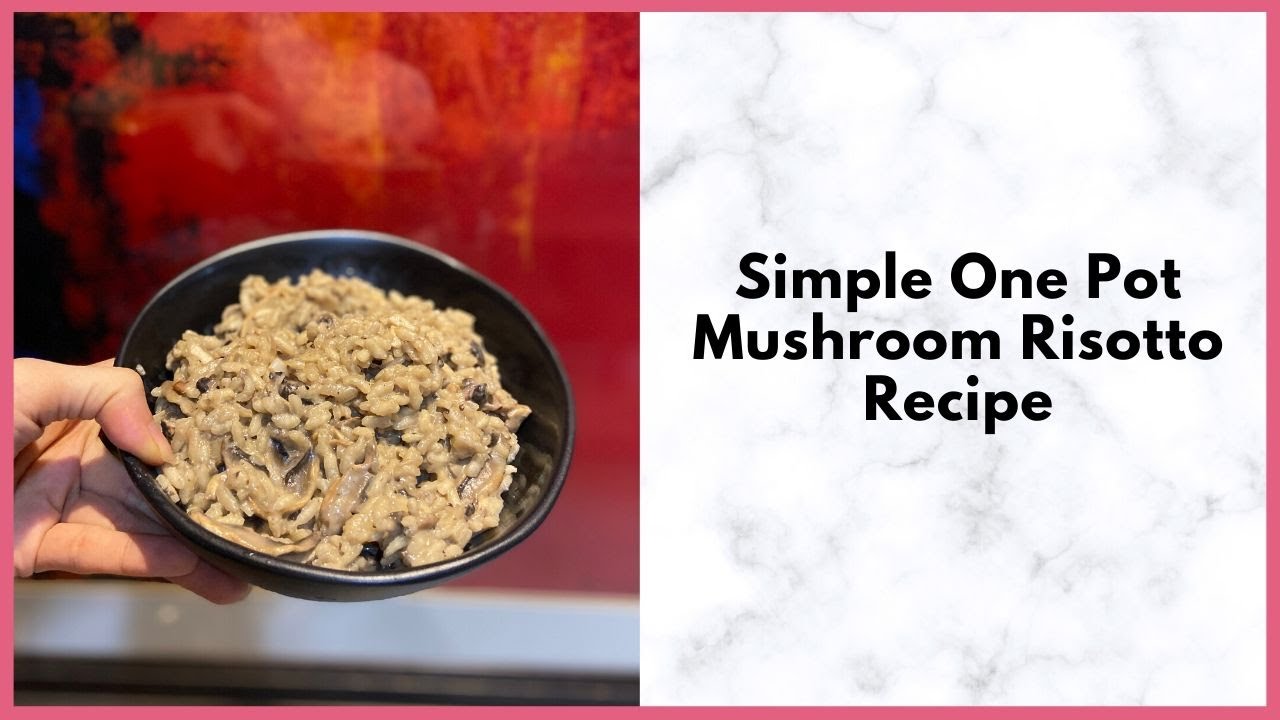What Is Salt?
Salt is a mineral made up of sodium and chloride.
Salt is important for the normal functioning of the human body. Sodium plays a crucial role in the nervous system and musculoskeletal system functioning. A complete lack of salt in the diet can lead to deficiencies and illnesses.
But excess salt can be hazardous causing high blood pressure, osteoporosis, respiratory illnesses such as asthma, gastric cancer and obesity.
Just as the body requires the right amount of sodium, consuming too much salt can be unhealthy. Higher salt intake in people who are salt-sensitive can increase blood pressure, so doctors usually recommend that people with hypertension reduce their sodium intake or follow a low-sodium diet.
So How Much Salt Is Safe?
We must know salt is not equivalent to sodium, it’s the amount of sodium we should be looking at.
Maximum Salt Intake
- 0-6 months <1g / less than 2 pinches of salt which are already there in breast and formula (<0.4g of sodium)
- 6-12 months 1g / day or 2 pinches of salt (0.4g of sodium)
- 1-3 years 2g / day or less than half a tsp (0.8g of sodium)
- 4-6 years 3g / day or half tsp (1.2g of sodium)
- 7-10 years 5g / day or 1tsp of salt (2g of sodium)
- 11 years and above 6g / day or just over 1 tsp of salt (2.4g of sodium)
Salt is not at all recommended for babies below 8-9months as :
- Their kidneys are not ready to cope up with a large amount of sodium, the amount required is already there in breastmilk &formula.
- If given salt during the initial months of weaning kids develop a preference for ‘salty foods’
- Childhood habits affect health even in adulthood and it's seen that kids with increased salt intake in childhood are prone to high blood pressure very early in adult life.
Types Of Salt
Before we reach any conclusion let's see what are the differences in various forms of salts.
- Table Salt
This is the salt that is used in most of the household. It is a fine white salt that is mostly fortified with iodine and anticaking agents are added to keep it free-flowing.
- Sea Salt

Sea salt is salt that is gathered from evaporated seawater. It contains zinc, potassium, and iodine. Various sea salts are Celtic salt, Hawaiian salt etc.
- Rock Salt (Sendha Namak)
Rock salt is salt that has been extracted from underground salt mines through the process of mining with dynamite and then crushed further for food use. Contains trace elements like potassium, iron, calcium, zinc, magnesium and copper. These are required by the human body and helps in various body functions and building immunity. Examples of rock salt are:
- Black Salt (Kala Namak)
Kala namak is a mixture of Himalayan salt, charcoal, bark, herbs, and seeds that has been sealed in a ceramic jar and fired in a furnace for 24 hours. The colour comes from the mineral greigite, and it has a pungent sulphuric smell.
- Kosher Salt:
A very specific form of “course” salt which has properties to extract blood from the meat. Compared to refined table salt, pure kosher salt does not typically contain additives like anti-caking agents and iodine.
- Himalayan Pink Salt

It contains 84 minerals that are found in the human body, including iron oxide (which gives it a pink hue). Though all the minerals are present the amount of NaCl (sodium chloride aka salt) is less.
What I Should Keep In find While Using Salt
- While using coarse salt one may need larger quantities of salt to match the saltiness. So, using finely ground salt is always advisable.
- Always opt for iodized salt for your loved one.
- Limit the use of salt as much as possible, it takes 3 weeks for our taste buds to get accustomed to reduced saltiness!!
- Salt is not at all the source of iron or any other minerals like calcium in our diet except NaCl. So, it really doesn’t matter much whichever variety you choose.
- Always watch for the amount of sodium and remember in case of any salt “LESS IS MORE”!!
Salt is used for flavour—not to add nutritional value (with the exception of iodine). Still, getting the right amount of salt in your diet plays an essential role in maintaining optimal health. You can try different types of speciality salt to make your meals more versatile and savoury, but be sure to keep an eye on your sodium intake.



















